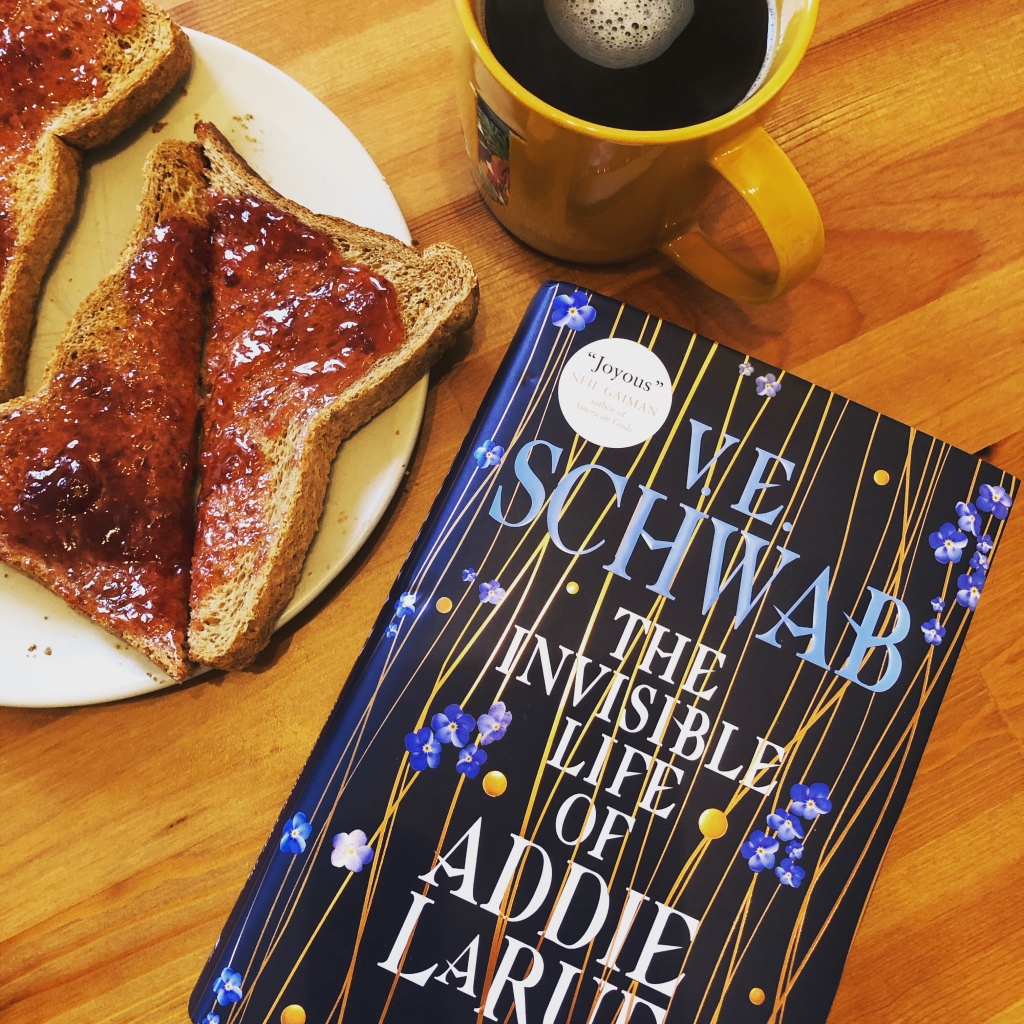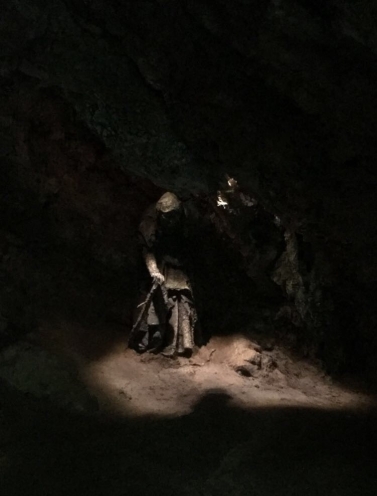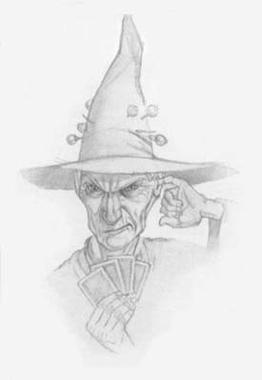I read The Invisible Life of Addie LaRue toward the end of 2020. Addie and Piranesi were the only two books I’d been really excited for last year and thankfully neither of them let me down. VE Schwab gives us a fresh take on the Faustian bargain and makes it so somber and sweet and gentle that it was a balm for a troubled soul, ironically. It took me a solid week to finish it though, simply because I knew I’d never be prepared for the book hangover that inevitably came afterwards.
In case you avoided everything online in 2020, which is understandable, here’s a quick outline. Addie LaRue is a girl, born into a French village in the 1600s. Even as a child she knows she doesn’t want what her mother wants for her; marriage, husband, domestic life (cue some real Belle vibes), she prefers running wild and hanging out with the village wise woman learning about the old gods. So when her mother tries to force her into marriage she calls on the old gods, and a dark one answers, she wishes for escape to live forever to be entirely free, and she is granted all of it with a cruel twist: every person she meets immediately forgets her, and once she is fed of up this existence she can give her soul to the darkness. Addie is a survivor though, and centuries later she finds the one thing she never thought she would; someone who remembers her.

If you happen to be a big VE Schwab fan (and you should be if you’re not) this isn’t like her other books, or at least not like the ones I’ve read. It’s a gentler, more folkloric sort of fantasy, that tackles morality and personhood and memory other wonderfully deep things without a whole lot of world building. This surprised me because Schwab’s world building is kind of what I loved most about her other works, but I was pleasantly surprised by the lack of it in Addie, as the reader we just have to accept what we see and sink into the story she offers us and let it soothe us. And while it definitely does soothe it also hypes you up to possibilities, to enjoying little things like walks in the park, old films, paint stains and good books.
What really intrigued me about this narrative was the jumping through time. Obviously Addie’s story is epic, it spans centuries, centuries filled with mostly the same things over and over; Addie stealing, Addie learning, Addie being forgotten. Schwab keeps it exciting by playing with Addie’s memories, we slip through her consciousness in a way, things she sees spark the narrative back a few hundred years, pieces of art, books, sculptures, memories all weave together to create a tapestry of Addie’s life and stitch it seamlessly to how she exists in our modern world.
Honestly, I wouldn’t even be mad if Schwab dropped her more typical fantasy for this sort of narrative entirely. Next time I need a comfort read I’ll definitely be turning to The Invisible Life of Addie LaRue.


